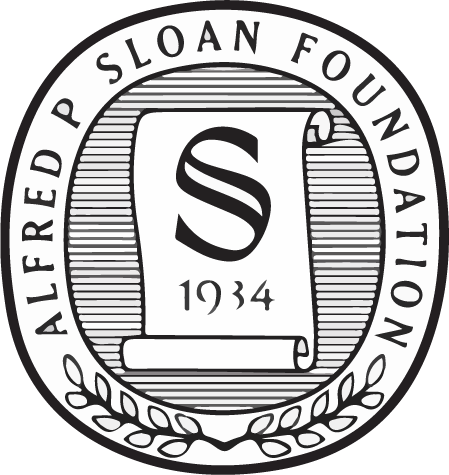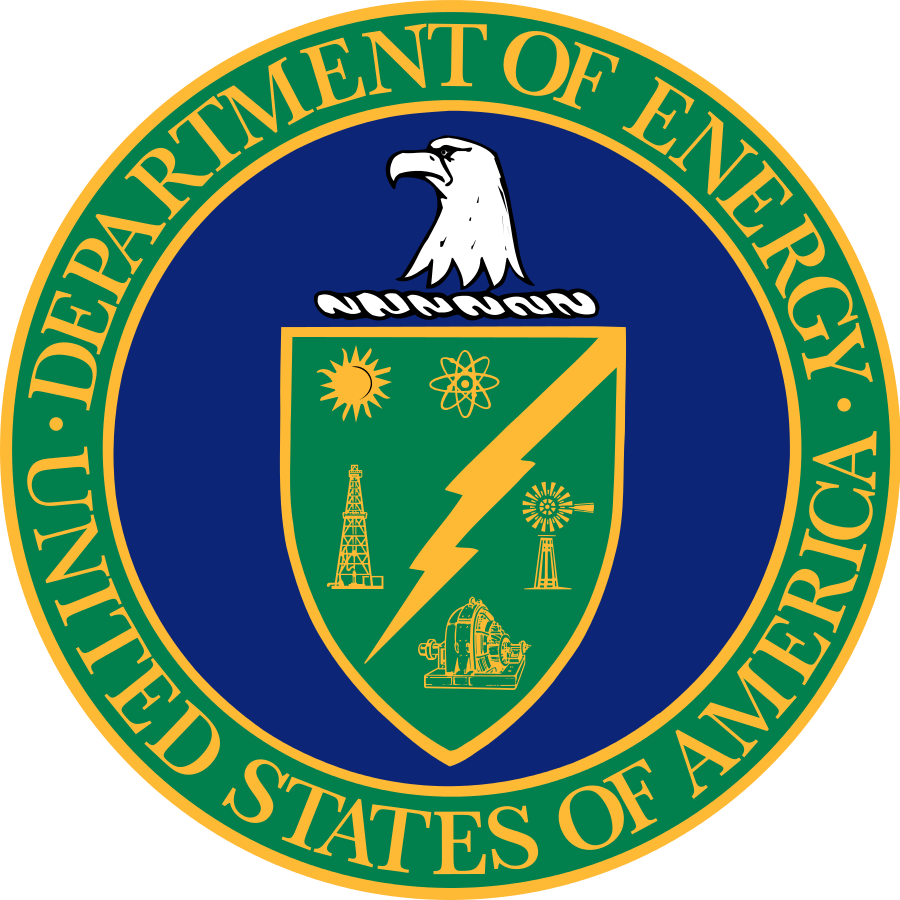Technical Papers and Additional References
The documentation web pages describe the key features of APOGEE observations, data analysis, and data products, but, by necessity, the pages must be concise. For the most in-depth discussions, users should consult the APOGEE technical papers.
The references that are required for all use of the APOGEE data are given in Required Refences, and our current full compilation of papers is given in All Technical Papers. References to catalogs used for Targeting are summarized in Targeting References .
Required References
- The APOGEE Overview Paper: Majewski et al. (2017)
- The Data Processing & Reduction Paper: Nidever et al. (2015)
- The Instrument Paper: Wilson et al. (2019)
- The appropriate targeting paper(s) selected from the Target Section.
- The appropriate data release paper selected from the Data Release Section.
In addition, those using chemical abundances need to cite the following publications:
- The ASPCAP overview paper: Garcia Perez et al. (2016)
- The linelist paper: Shetrone et al. (2015)
Lastly, users should consider the list of papers below and cite those that are appropriate for their analyses.
All Technical Papers
Current Data Release Papers
- DR16 Data Release Description
- Ahumada et al. (2019) is the latest SDSS data release paper, describing SDSS Data Release 16. The latest data release paper should always be used as the primary reference for most uses of SDSS data.
- DR16 Pipeline and Data Release Description and Validation
- Jönsson et al. (2020) provides extensive detail with regard to DR16-related modifications of the data reduction and ASPCAP pipelines and evaluates all DRP- and ASPCAP-generated data products (e.g., radial velocity values, stellar atmospheric parameters and individual element abundances).
Overview
- APOGEE Overview
- Majewski et al. (2017) discusses the scientific motivation for the APOGEE-1 survey, the survey requirements, and the choice of survey fields. It describes survey operations, summarizes the level to which requirements are met, and references the data releases. Much of this information remains highly relevant for APOGEE-2.
- APOGEE-2 Overview
- Majewski et al. (in prep.) discusses the scientific motivation for the APOGEE-2 survey, its survey requirements, and choices relating to the programs that were initiated. It describes dual hemisphere survey operations, summarizes the level to which requirements are met, and references the data releases.
Instrument & Hardware
- The APOGEE Instruments
- Wilson et al. (2019) describes the technical details of the APOGEE-N and APOGEE-S instruments, themselves, and present instrument performance data. Prior to DR16, the reference was Wilson et al. (2012).
- Fiber Development and FRD Testing
- Brunner et al. (2010) describes technical details about the APOGEE fibers, optimization concerns, and testing the focal ratio degradation (FRD) required for the instrument.
- VPH Grating
- Arns et al. (2010) discusses the technical details of the VPH grating.
- The Cryostat
- Blank et al. (2010) describes technical considerations for and the design of the APOGEE cyrostat.
- SDSS 2.5m Telescope
- Gunn et al. (2006) describes the technical setup for the SDSS 2.5-meter telescope.
- NMSU 1m Telescope
- Holtzman et al. (2010) describes the technical setup for the NMSU 1-meter telescope.
- LCO 2.5m Telescope
- Bowen and Vaughan (1973) describes the optical design of the Irénée du Pont Telescope at Las Campanas Observatory.
Targeting
- APOGEE-1 Target Selection
- Zasowski et al. (2013) discusses the target selection for main survey and APOGEE-1 ancillary science projects.
- Pinsonneault et al. (2014) provide an expanded discussion of the Kepler field targeting (APOKASC).
- Cottaar et al. 2014 describes the IN-SYNC ancillary program in APOGEE-1.
- Frinchaboy et al. 2013 describes the Open Cluster Chemical Abundance and Mapping survey (OCCAM) and includes a detailed discussion of the targeting algorithms.
- APOGEE-2 Target Selection
- Zasowski et al. (2017) describes the APOGEE-2 field plan and explains in detail the targeting strategy employed for APOGEE-2N and APOGEE-2S.
- Pinsoneault et al. (2018) provides updates to the APOKASC program in APOGEE-2.
- Cottle et al. (2018) describes the target selection for the Young Clusters program in APOGEE-2.
- Nidever et al. (submitted) describes the target selection for the Magellanic Clouds program in APOGEE-2.
- Donor et al. (2018) provides an update for the Open Cluster Chemical Abundance and Mapping survey (OCCAM), including revisions to the target selection using early releases from Gaia.
- Final APOGEE-2N Target Selection
- Beaton et al. (in prep.) describes the final APOGEE-2N field plan, special programs in APOGEE-2N, and modifications to the target selection strategy undertaken to reach survey goals.
- Final APOGEE-2S Target Selection
- Santana et al. (in prep.) describes the final APOGEE-2S field plan, special programs in APOGEE-2S, and modifications to the target selection strategy undertaken to reach survey goals.
Data Processing & RV Pipeline
- APOGEE Data Reduction
- Nidever et al. (2015) discusses the data reduction pipeline, describing how the raw data are analyzed to produce reduced, calibrated spectra. It also presents additional instrument performance data (flats, darks, LSF, persistence, etc.) and discusses the measurement of radial velocities and their quality.
- The ASPCAP code is available on github/sdss/apogee
- NMSU 1-meter Data Processing
- Holtzman et al. (2015) has sections discussing the 1-meter data processing, which differs slightly from that in the main survey.
- Radial Velocity Validation
- The following papers address specific expansions or applications of our RV results that may be useful for other science applications:
- Deshpande et al. (2013) discusses specific requirements for the determination of M-dwarf stars with APOGEE data.
- Badenes et al. (2018) use the variation of RV for the APOGEE sample as a means to draw inference on the binary population. Technical descriptions and testing conducted in this paper are useful for evaluating the RV precision and variability.
- Price-Whelan et al. (2018) use the individual epoch RVs to identify multiple star systems. Technical descriptions and testing conducted in this paper are useful for evaluating the RV precision and variability. In DR16, a VAC applies these methods to the DR16 dataset.
Stellar Parameters & Abundances
- ASPCAP Overview
- Garcia Perez et al. (2016) describes how the spectra are analyzed to derive stellar parameters and abundances. It demonstrates validation of the overall method using simulated data and discusses uncertainties that are introduced by real-world issues: SNR, issues related computational efficiency, variation and uncertainty of the LSF, and issues involving the loss of information under skylines. It presents some basic tests of the methodology from very-high-resolution observations of some well-studied stars.
- The ASPCAP code is available on github/sdss/apogee
- APOGEE Model Atmospheres
- Jönsson et al. (2020) describes the model grid and the interpolation methods that were adopted in DR16.
- Prior to DR16, Meszaros et al. (2012) discusses details of the model atmospheres that were used.
- APOGEE Line List
- The line list used for DR16 was significantly expanded from previous efforts, this is described in V. Smith et al. (in prep.).
Additional papers discussing the line list development are as follows:- The line list used for DR10-DR15 was described in Shetrone et al. (2015) , which also presents the details of how the H-band linelists, a critical component for ASPCAP, were developed.
- The APOGEE linelists are tested using high-resolution IR spectra of several well-studied stars in Smith et al. (2013).
- Further tests of the individual elements derived from the ASPCAP pipeline are found in Cunha et al. (2015).
- The identification and characterization of Neodymium is described in Hasselquist et al. (2016).
- The identification and characterization of Cerium is described Cunha et al. (2017)
- APOGEE Spectral Grids
- Jönsson et al. (2020) describes the DR16 model grids. Prior to DR16, Zamora et al. (2015) presents how the spectral synthesis was done, documents the libraries that have been used, and investigates the sensitivity of the result to the choice of synthesis code and model atmospheres. Mezaros et al. 2012 presents additional supporting material for the APOGEE spectral grids.
- FERRE
- Allende Prieto et al. (2006) describes FERRE, which is the spectral fitting engine used for ASPCAP. The code is available on github with its own documentation available (pdf; updated regularly).
- The Cannon
- The Cannon is described in Ness et al. (2015) and Casey et al. (2016).
Data Release Papers
- APOGEE DR10 Calibration
- Meszaros et al. (2013) discusses calibration of stellar parameters that were released in DR10.
- APOGEE DR12 Data
- Holtzman et al. (2015) describes the APOGEE data contained DR12 of in SDSS-III.
- APOGEE DR13/DR14 Data
- Holtzman et al. (2018) provides extensive detail with regard to DR13- and DR14-related modifications of the data reduction and ASPCAP pipelines and evaluates all DRP- and ASPCAP-generated data products (e.g., radial velocity values, stellar atmospheric parameters and individual element abundances).
- DR13/DR14 Validation
- Jönsson et al. (2018) compares DR13 and DR14 ASPCAP-derived parameters with various optical abundance analyses from the literature.
- DR16 Data
- Jönsson et al. (2020) is the DR16 data release paper that describes the processing and data analysis employed.
Targeting Catalog References
Photometry Catalog References
SRC_H tag in the summary catalogs. Full information can be found in the intermediate targeting files on the SAS (see Data Access for more details).
| H SRC tag | Description |
|---|---|
| 2MASX | 2MASS Extended Sources Catalog |
| 2MASS | 2MASS PSC |
| 2MASS_estimate | based on 2MASS images |
| 2MASS_imaging | based on 2MASS images |
| OGLE | OGLE photometry transformed to H via RR Lyrae PL-Relation |
| SDSS_z | H-band mag estimated from SDSS z-band mag |
| NED | NASA/IPAC Extragalactic Database |
| VVV | VISTA Variables in the Via Lactea |


